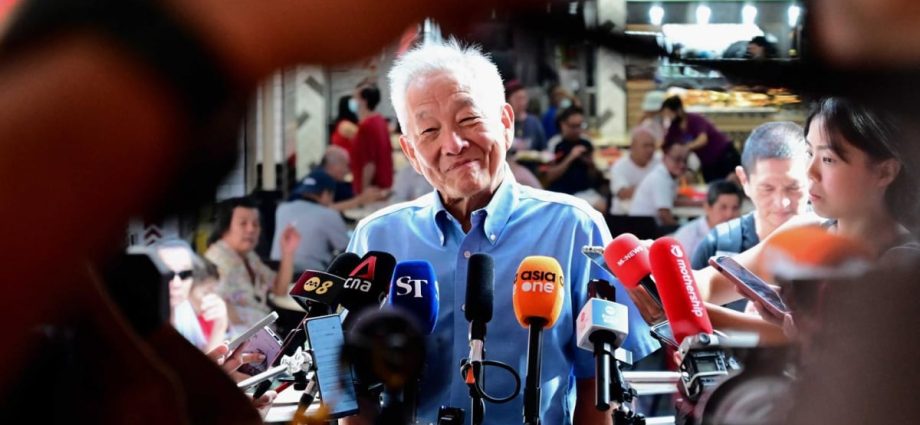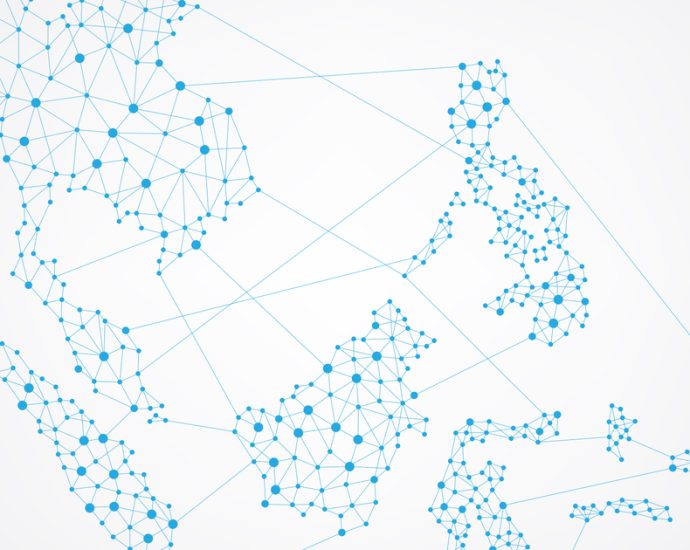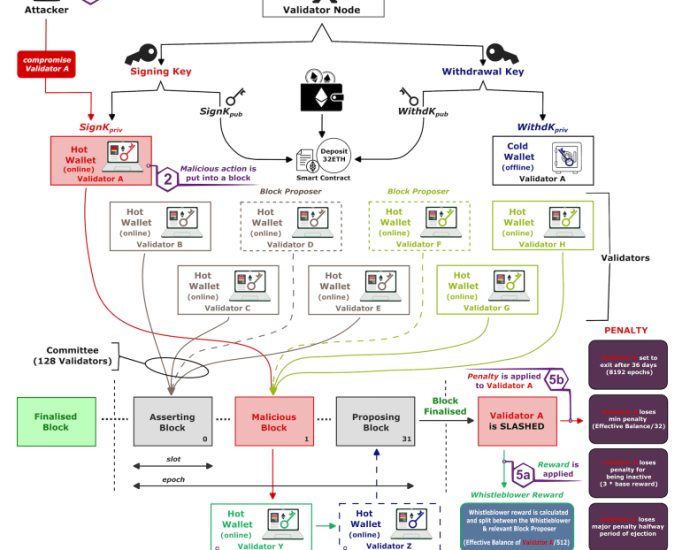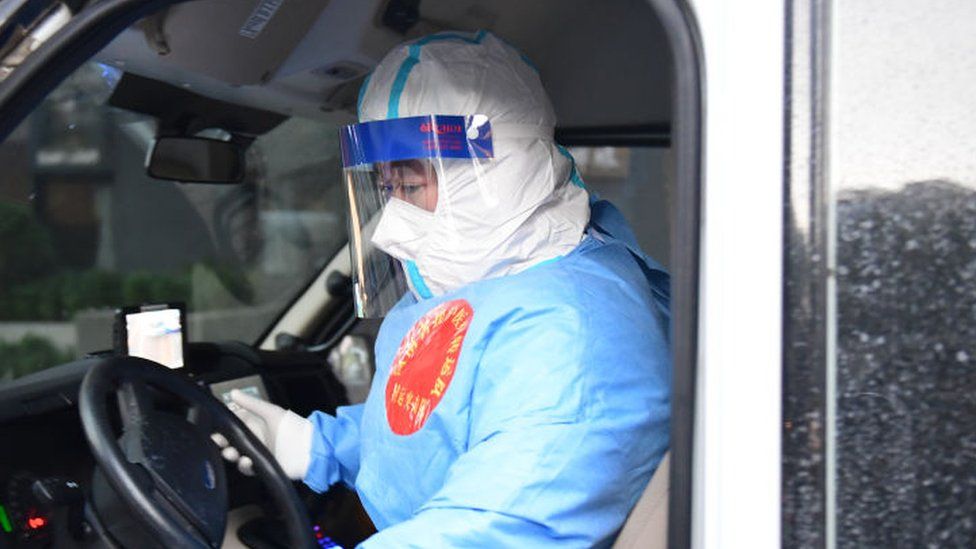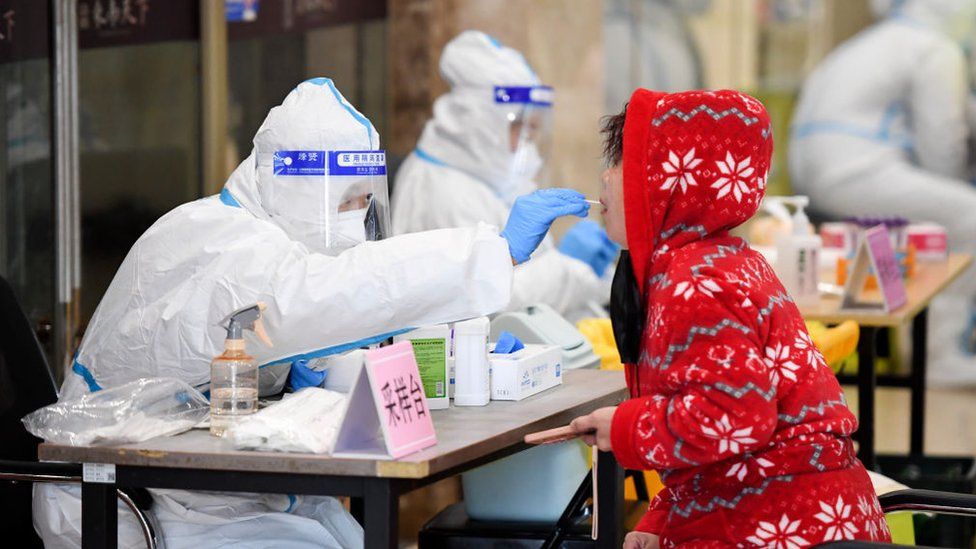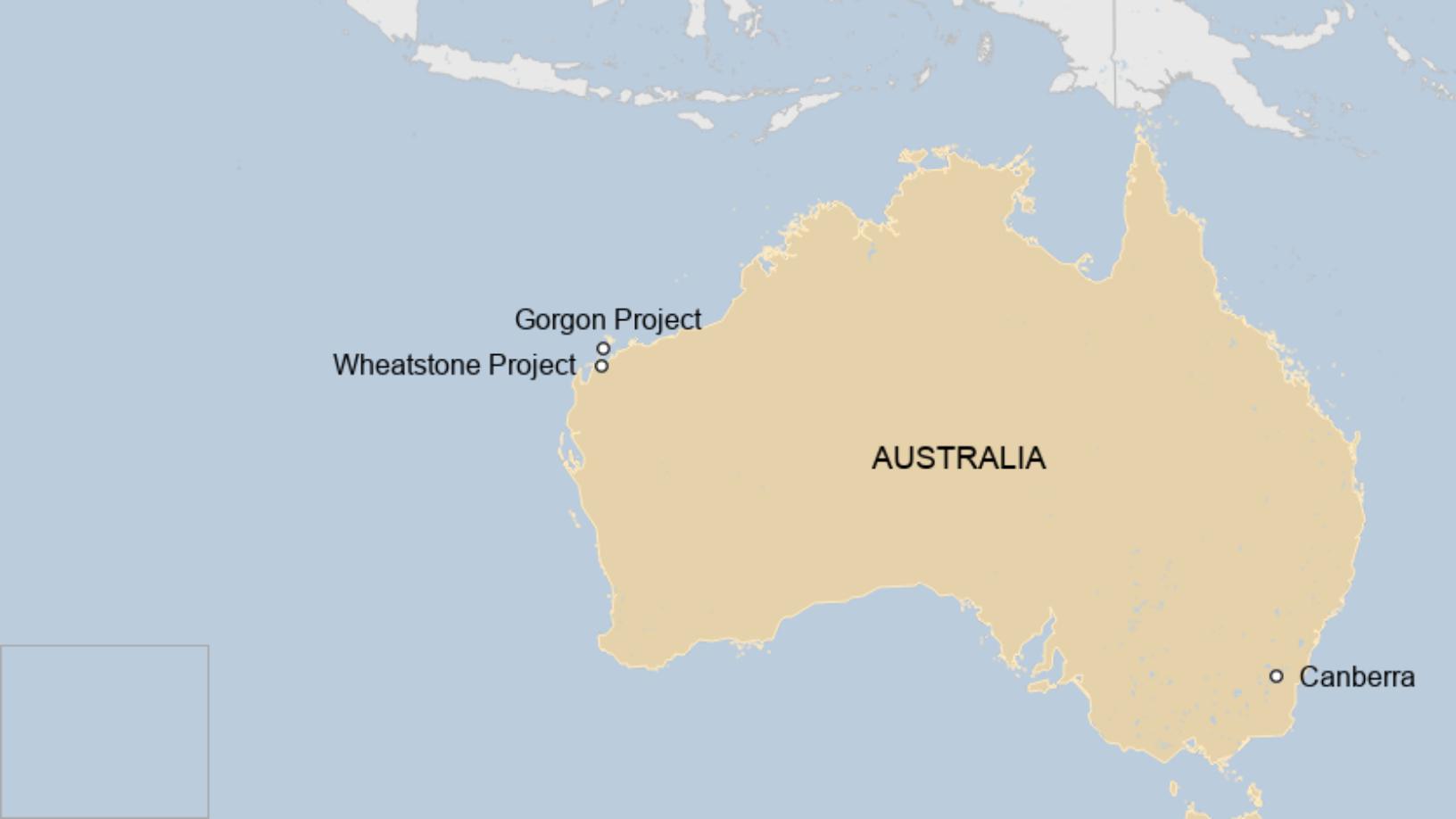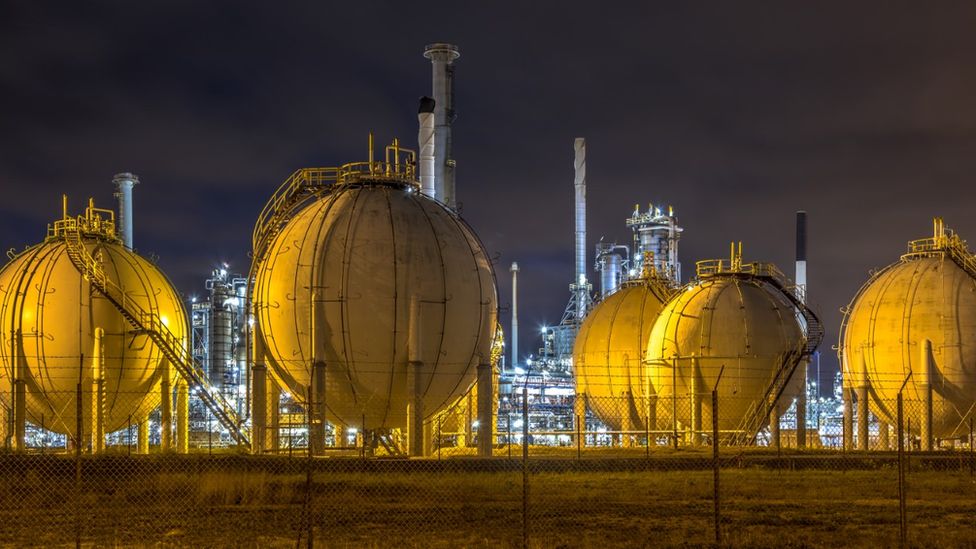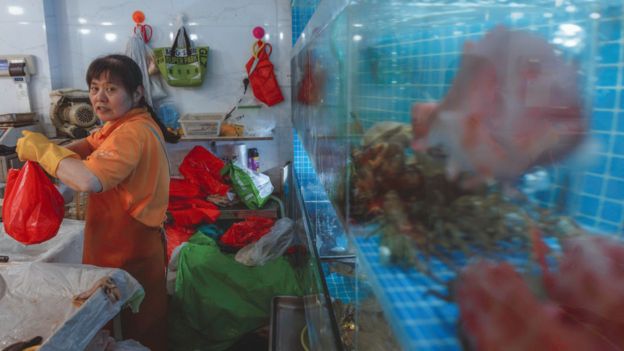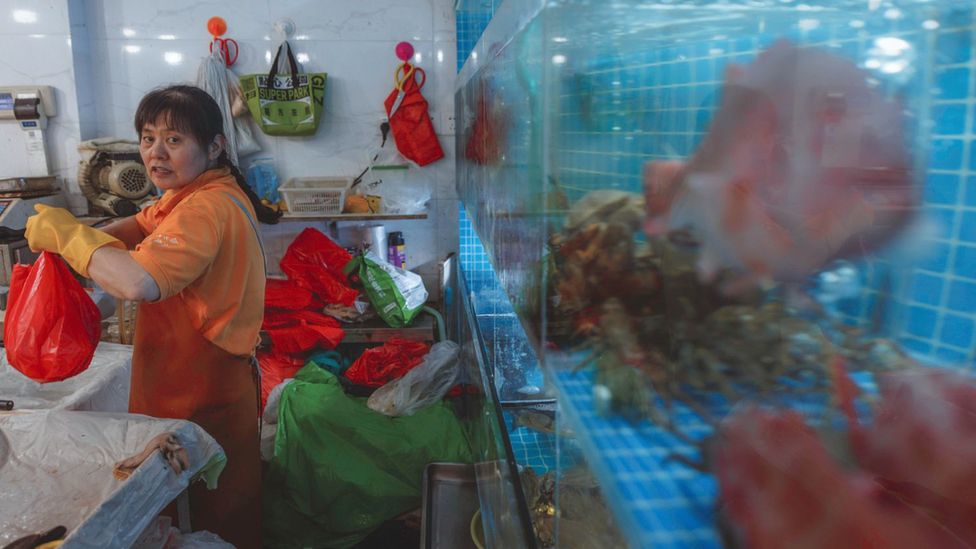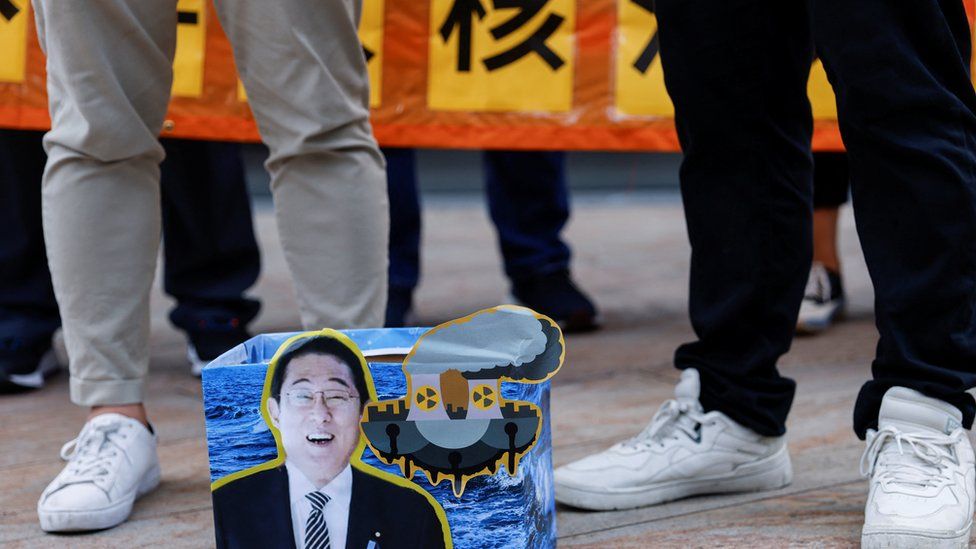Ng Kok Song taking extra security precautions after disruption at campaign walkabout
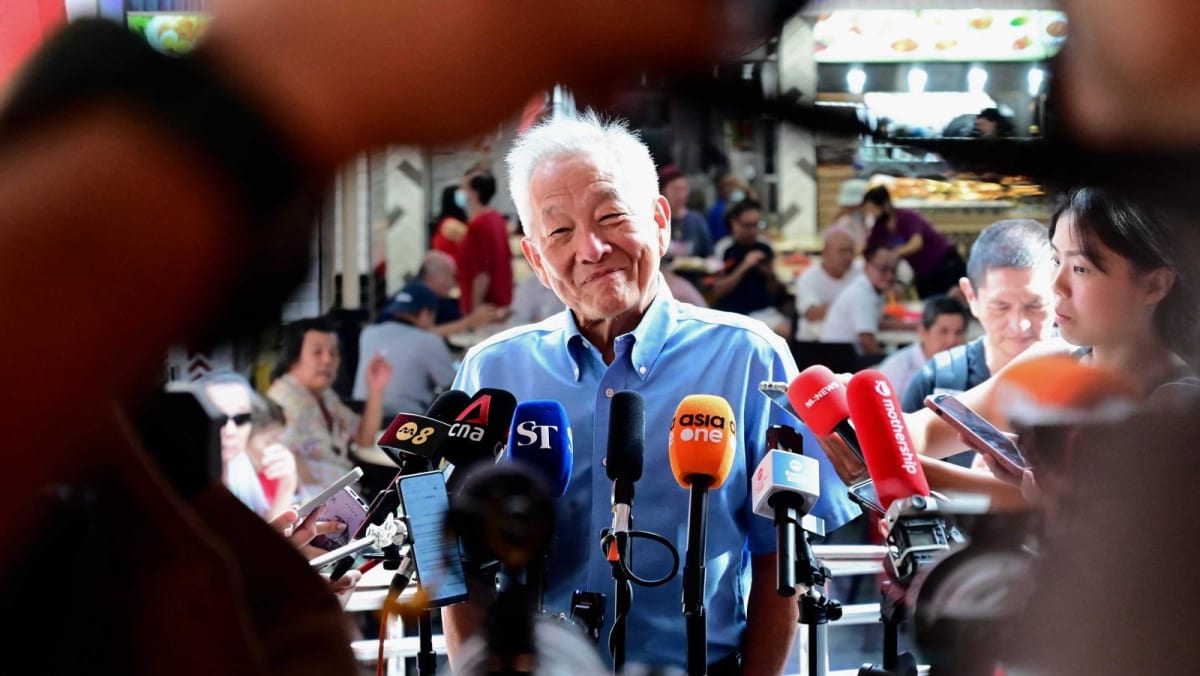
“DIFFERENCES OF OPINION”
Mr Ng was also asked for his response to another rival candidate Tharman Shanmugaratnam who said on Tuesday evening that the former had misquoted him and made “sweeping statements”.
The to-and-fro, centred on the issue of candidate independence, stemmed from comments that Mr Tharman had made during the presidential forum broadcast by CNA on Monday night.
The three candidates were asked how they could convince voters that they would exercise their powers without fear or favour.
Mr Tharman responded that labelling candidates by their political affiliation would be “extremely simplistic” as that would have ruled out many past presidential candidates, such as former presidents Mr Ong Teng Cheong and Dr Tony Tan.
It would also rule out people who may not be members of a political party but who are senior civil servants who “owe their positions to bosses who are political figures”.
“Are they obligated to their bosses because of that? Not necessarily – it depends on the individual,” Mr Tharman said at the forum.
“Let’s say you have a private company, you have a construction company that depends on government contracts. Or you have a fund management company that depends on government monies. Does that make you not independent? Not necessarily. It depends on your character, your track record,” he continued.
Mr Ng responded with a statement on Tuesday, noting that Mr Tharman’s remark about the fund management company “clearly” referred to him. The 75-year-old, who retired from GIC in 2013 following a 45-year-long career in public service, is now the executive chairman of Avanda Investment Management, an asset management company he co-founded in 2015.
Mr Ng also said that by comparing those with past political affiliations to anyone who is dependent on the government in some way, Mr Tharman was “taking the point too far”.
In response, Mr Tharman said later on Tuesday that he had been misquoted.
When asked by reporters on Wednesday morning, Mr Ng said: “I already said what I said yesterday so I do not want to reopen the subject.”
He added that he has “deep respect” for Mr Tharman, who is a “good” friend with whom he had worked with at the Monetary Authority of Singapore and GIC.
“Our differences are differences of opinion, such as when we speak about the presidency. I was concerned about the system, not the individual,” he said.
“I just wanted our system to be a better system … in terms of having a non-partisan President.”
Another difference lies in political affiliation. “We are different – the difference being the fact that he has belonged to a political party and I did not,” said Mr Ng.

